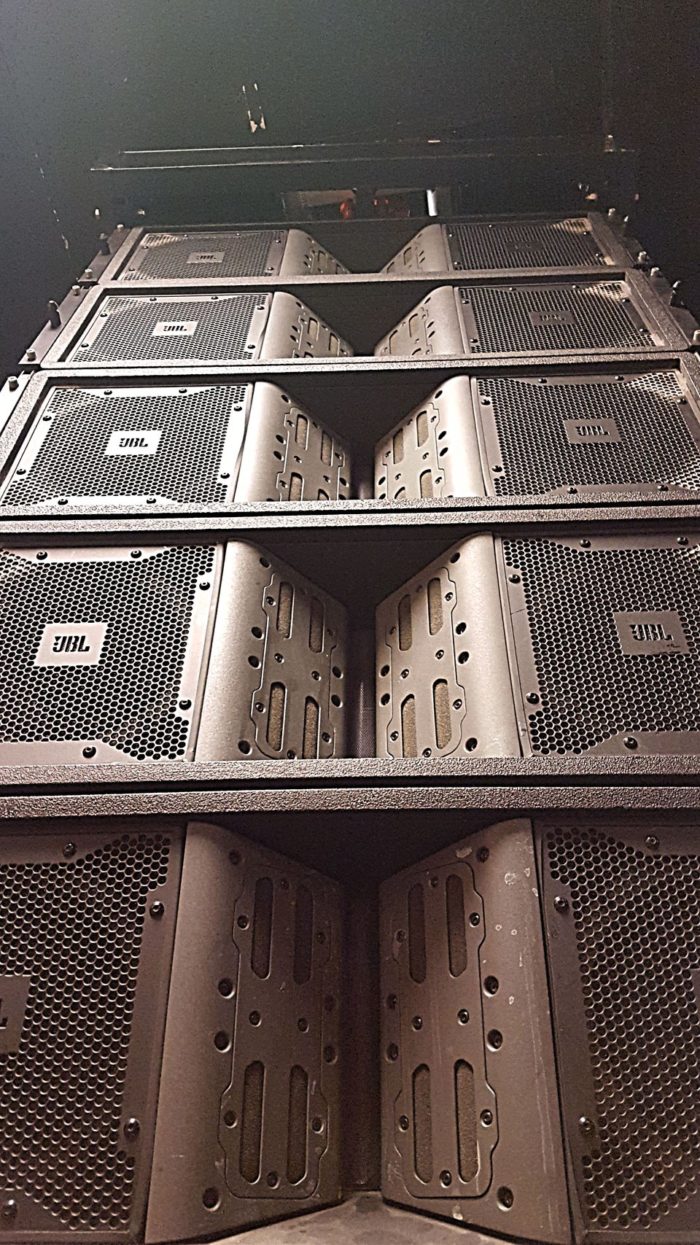You can do a lot by simply treating it like everything else you’ve worked on.
Please Remember:
The opinions expressed are mine only. These opinions do not necessarily reflect anybody else’s opinions. I do not own, operate, manage, or represent any band, venue, or company that I talk about, unless explicitly noted.

 Want to use this image for something else? Great! Click it for the link to a high-res or resolution-independent version.
Want to use this image for something else? Great! Click it for the link to a high-res or resolution-independent version.I’m sorry that I haven’t been around much lately – I’ve been busy. Very busy. So busy that I’ve been saying “No” to things a lot.
One element of my busyness has been being turned loose on a VERY classy room in Park City. For the moment, I won’t name it here, although you may have heard of it. (Not naming it here might be a little ridiculous, actually. Anybody can get on my Facebook page and see what I’m doing. Well, anyway…) It’s a little too big to classify as a small venue in my own personal taxonomy, but hey, as we’re all learning, many of the lessons in this business scale up and down.
A task I was allowed to undertake was re-tuning the installed VerTec system. Some big complaints about it were an overabundance of “honk” and “boom,” and the hope was that I could do something to alleviate those problems. I believe I have mostly succeeded in making the rig better, and it was most definitely not an exotic process. I slapped a measurement mic in front of the FOH mix position, ran Room EQ Wizard, and got to work. The measurement traces confirmed what could be heard: The system was very heavy on the midrange, with some troublesome peaks in the subwoofer zone. After a bit of doing, we are where we are now, which is a much flatter place.
The main key, I can say, was to get over my own intimidation. VerTec, or really any similar system, looks hairy because of all the boxes involved. The thing to remember, though, is that for any given coverage zone the boxes are meant to combine into one big source. If you’re going to fret over something, fret over each overall zone of coverage, not the individual array elements. Pick your battles. As Bob McCarthy might say, decide what to tune for and ignore the rest. In my case, I had it pretty easy, because I chose to tune for the main room and not worry specifically about the boxes angled to hit people standing near the hangs. I didn’t have any outfills, infills, or other such coverage areas to consider.
A barrier that I encountered was that we’re locked out of part of the system management processor. With that being the case, I didn’t have the ability to adjust individual bandpass input or output levels. I did have EQ access, though, so that’s what I did all my work with. Was that an ideal situation? No, but what I’ve discovered over the years is that getting the basic magnitude response of a system to behave is the primary battle. I’m not saying other things don’t matter here. I’m not saying that adjusting bandpass gain by way of an EQ isn’t a kludge. I’m not recommending that, but I am saying that you might have to do it sometime, and it won’t ruin your life. Do what you can with the tools you have.
In the end, even with an imperfect approach, the system’s listenability has improved. We seem to be getting compliments on the sound in the room at a regular pace now. I’m certainly looking forward to next spring, when I plan to do another tuning that will start with tweaking amplifier gains first, but for now we seem to be in business.